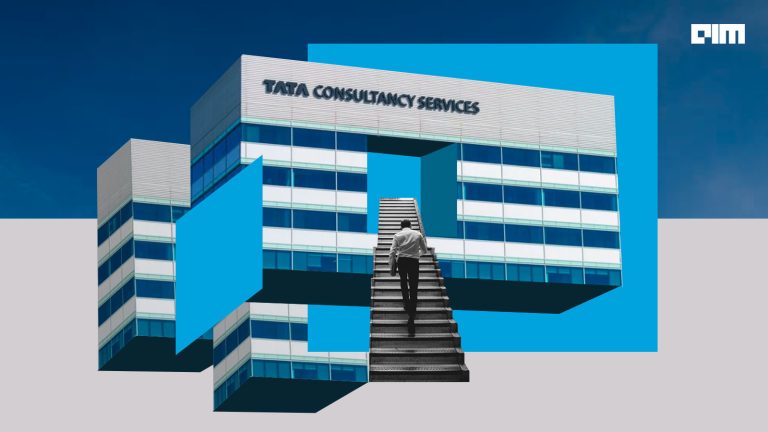Spurred by the surge of big data and AI, organizations are increasingly outsourcing their analytics needs to drive better efficiency in their business functions. This trend can be attributed to the growing realisation that data by itself is ineffective without tools to interpret it in order to understand its applications.
This has prompted companies to pursue superior data analytics capabilities. To stay competitive in the market and with an eye on long-term advantages, organisations are predicating their core business decisions on data analytics. However, assembling a talented analytics team is no mean feat, especially given that many companies lack the knowledge and experience to build such a team.
This is driving companies — particularly those in the US, UK and Western Europe — to consider outsourcing their analytics needs to third party players with smart enterprise processes, particularly those in India.
Vast availability of skilled labour, lower costs and contextual domain expertise has led to India being one of the top contenders for outsourcing analytics. According to a study conducted by AIM on the state of data science in the domestic Indian market, 70% of all large firms have adopted analytics in some form, with ICICI Bank, Flipkart, HDFC Bank, Axis Bank and Bharti Airtel having the biggest analytics units in the country.
With many organisations accelerating their investment in analytics and looking to leverage offshore analytics firms to develop competitive capabilities, they need to take cognisance of a few things. First and foremost, they need to be careful about how they structure relationships when choosing their analytics providers and ensure that it matches their culture and business requirements.
Although there is no collective consensus on the processes organizations should follow to create successful analytics partnerships, the following steps can offer guidance when choosing the right partner:-
Step 1: Identify The Need
The advantages of performing analytics in-house are numerous, but with the absence of required talent, it may be more prudent to outsource projects that your internal team may not be capable of performing well. This takes us to step one.
Identify the problem or project that needs to be tackled and narrow down all options to accomplish that task internally. Once all options are exhausted and a consensus has been reached to outsource it, clearly articulate it for the purpose of step two.
Step 2: Choose Your Vendor
Once you have identified your need, develop a clear understanding of what you are looking for in a partner and prepare to deeply examine who is going to do what, and how each party can use the information it has. Some large organisations and new-age companies in India have set up dedicated analytics services units to maximise business impact.
But when you choose your vendor, there are several things you need to consider:-
- Thorough Investigation
Carry out a thorough investigation on firms that have experience in the sector you operate in. Check if they enjoy a good reputation, if their finances are sound, and if they have been in the data analytics space for some time. Knowledge about their previous or existing business partnerships will also give you a window into how compatible they could be with your business.
- Potential risks
Assess the company’s data security and data breach preparedness. Acknowledging that this partnership will involve the exchange of sensitive and confidential information, organisations should rightly address issues regarding data security at an early stage of negotiations.
What is more, organisations must be careful of not losing their core intellectual property (IP). One way to avoid accidents is by identifying, which capabilities are core, and which are more prudent to share with an offshore provider. Also, don’t forget to ask what processes they will follow to protect your IP.
- Analytics Penetration
Understand the degree of infusion of the function of analytics in the organization. This is a well-accepted metric and can be quantified by calculating the approximate number of analytics professionals employed for every employee within the whole firm. For instance, a penetration of 1% should be read as 1 analytics per professional for every 100 employees.
- Analytics maturity
This will give you a fairly good idea of the depth of analytics adopted by an organisation, and is a combination of three factors: tenure and seniority of employee, and percentage of AI in analytics function.
- Pointed Questions
Companies that offer outsourced analytics services vary in their level of expertise and business approach. Asking pointed questions like: What are the capabilities your company can provide us? How will your business culture help make your company the right partner for us? It is also advisable to request for interactions with their customers.
- Right Data Analysis Specialists
Although their work involves working with data, there are clear differences in the responsibilities, goals and skill sets of various people that make up a data analysis team. So how do you choose the right data analysis experts for your business?
Understand what a data scientist, a BI consultant and a big data analyst can bring to the table. For instance, experienced data science specialists are proficient in data processing frameworks and are well-versed in data-driven predictive model development. On the other hand, BI consultants are skilled in data extraction, data aggregation and data visualisation that can generate valuable insights for your business. Lastly, a big data analyst should be able to carry out data management, efficient client analysis, risk detection, and market segmentation for your company.
- Manage Expectations
Clarify your requirements and be transparent about your demands from the partnership. Agree on set timelines, and right at the offset, communicate clearly that the reports must be aggregated and presented in a manner that is comprehensible and can thus, be used to inform your decision-making.
Step 3: Select Contract & Pricing Model
There are two popularly accepted ways to go about this: one is the outcome-based model where the focus is on accomplishing a predetermined target, and the traditional model, where certain inputs are procured by the client for a specific time period.
Between the two, the former might be a better option to opt for given that here, the overall responsibility to deliver the outcome rests on the vendor. Such an accountability is missing in the traditional approach, where vendors lack the necessary ownership to take necessary optimization.
But you don’t need to stop at these two. There are various other engagement models for collaboration between a client and a vendor, and you can choose the one that best suits your business requirements:-
- Staff Augmentation
This allows you to extend your existing staff with experienced consultants and data scientists from the vendor. Preferred for short-term projects, this demands high client involvement to oversee the work of the augmented staff member. - Project-based
This time-bound engagement model is effective when there are few changes during the development process. It is also cost-effective since it operates around a fixed price, and properly leverages the technical expertise of the vendor by working towards well-defined set of deliverables. - Offshore/Nearshore Development Center
Undertaken for a wide variety of projects, this model is flexible in the sense that you can drive the requirements, while the vendor manages the offshore/nearshore staff. - CoE
An analytics centre of excellence (CoE) can be created by combining your staff and that of the vendor. It allows better collaboration and increased adoption of analytics.



















































































